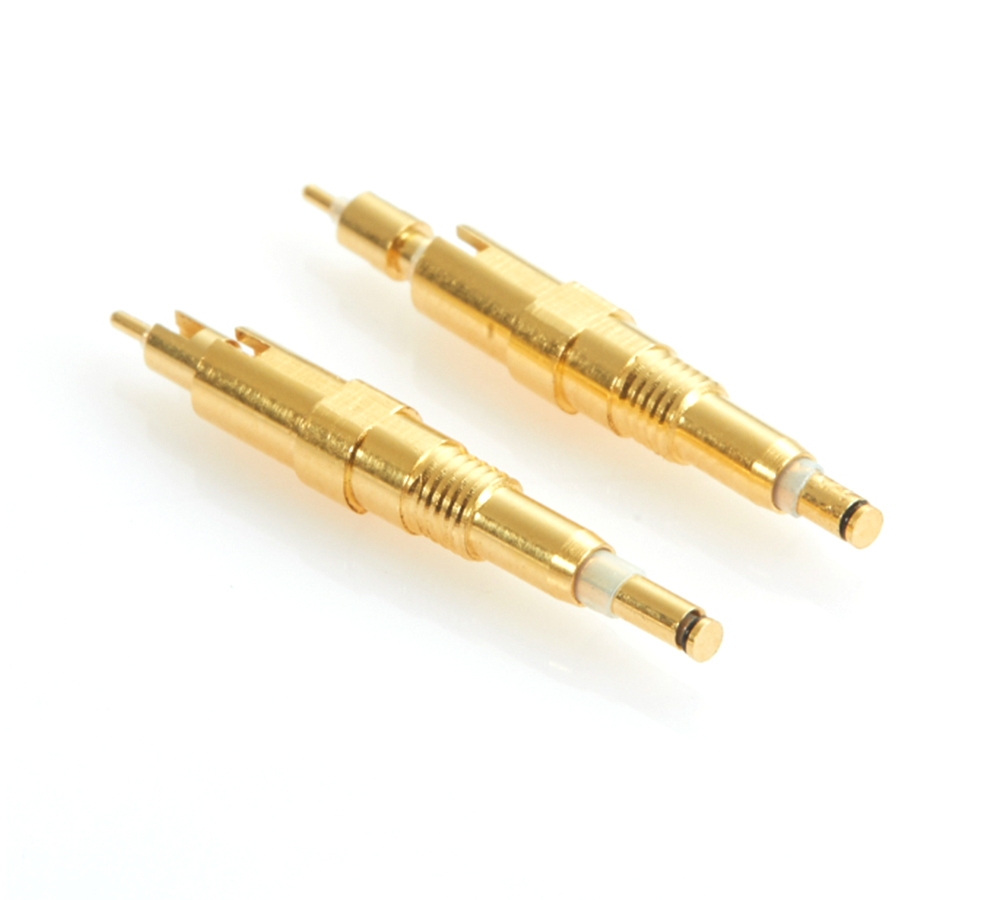Time:2025-05-30 Views:1 source:News

Pogo Pins have become indispensable in wearable device charging docks due to their compact size, durability, and ease of alignment, addressing the unique challenges of charging small, frequently handled devices like smartwatches, fitness trackers, and hearables.
The primary advantage of Pogo Pins in wearable charging docks is their minimal footprint. Wearable devices often have limited space for connectors, so Pogo Pins offer a space-efficient solution with heights as low as 1.5mm. For example, a smartwatch charging dock may use two or three Pogo Pins to transmit power and data, replacing bulkier USB or proprietary connectors. The spring-loaded design compensates for minor misalignments when the user places the watch on the dock, ensuring reliable contact even if the device is not perfectly centered.
Durability is another critical factor. Wearable devices are often charged daily, requiring connectors that can withstand thousands of mating cycles. High-quality Pogo Pins with tungsten carbide tips and corrosion-resistant coatings (e.g., Ni/Au plating) can endure over 50,000 cycles without degradation, making them suitable for daily use. In contrast, traditional plug-in connectors like micro-USB may wear out after 10,000 cycles, leading to loose connections or charging failures.
Pogo Pins also enhance the aesthetics and water resistance of wearable devices. By eliminating the need for exposed ports on the device’s exterior, manufacturers can create sleek, seamless designs with improved ingress protection (IP68 or higher). For example, a waterproof fitness tracker can use recessed Pogo Pins on its backside, which mate with corresponding pins in the charging dock, ensuring no water enters the device during charging. This design is far more reliable than exposed USB ports, which require rubber flaps that can degrade over time.
In hearable devices (e.g., true wireless earbuds), Pogo Pins are used in the charging case to connect with the earbuds’ internal batteries. The pins’ low profile allows for slim case designs, while their high conductivity (contact resistance <3mΩ) ensures fast charging. Some advanced designs use magnetic alignment to guide the earbuds onto the Pogo Pins, further improving user experience by eliminating the need for precise positioning.
However, designing Pogo Pin charging docks for wearables requires balancing contact force and device safety. Excessive spring force (e.g., >100gf) can damage delicate wearable components, while insufficient force (e.g., <10gf) may lead to intermittent connections. Manufacturers often use force-displacement testing to optimize pin performance, ensuring a gentle yet secure connection.
Read recommendations:
European standard to national standard charging gun adapter (without screws)